Talk Overview
Isberg begins by asking what distinguishes a pathogen from a non-pathogen? Our bodies are host to many microbes, most of which do not cause disease and many of which are beneficial. Occasionally, however, microbes do cause infection and disease. Pathogens such as Staphlococcus, Vibrio cholera and Mycobacterium tuberculosis differ from normal non-pathogenic microbes in that they cause damage to the host. This damage allows the pathogen to colonize novel sites, antagonizes the host immune response, and facilitates spread of the pathogen. Isberg explains that pathogens inflict damage on their hosts by secreting toxins that act on host cell membranes or translocate across the cell membrane and usurp normal cellular functions. He also reviews the ways that host immune phagocytes defend against pathogens.
In his second talk, Isberg explains that pathogenic bacteria growing in tissues may form heterogeneous communities with bacteria expressing different protein profiles depending on their microenvironment. Using Yersinia pseudotuberculosis as a model system, Isberg and his colleagues studied gene expression patterns within bacterial colonies in the spleen. They found that expression of toxins and other virulence factors is influenced by cues such as proximity to host phagocytic cells or the concentration of secreted molecules such as NO. These results showed that only a subset of cells within a community of pathogenic bacteria need to express virulence factors.
Speaker Bio
Ralph Isberg
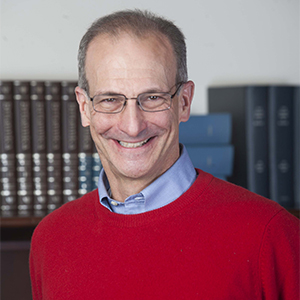
Ralph Isberg is professor of molecular biology and microbiology at Tufts University School of Medicine and an Investigator of the Howard Hughes Medical Institute. Isberg’s lab strives to understand how pathogenic bacteria enter and grow within human cells, how they spread within the body and how they evade the immune system. The lab uses genetic… Continue Reading
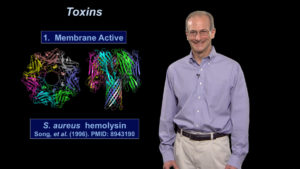
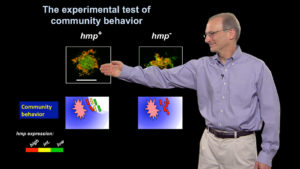
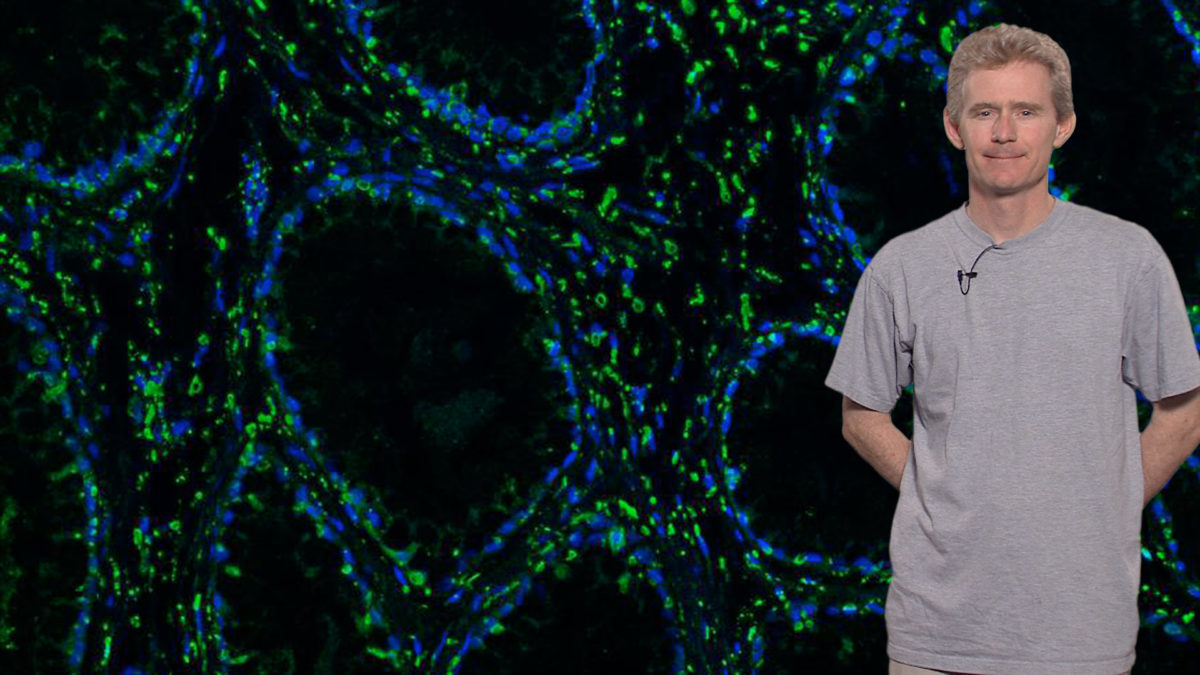
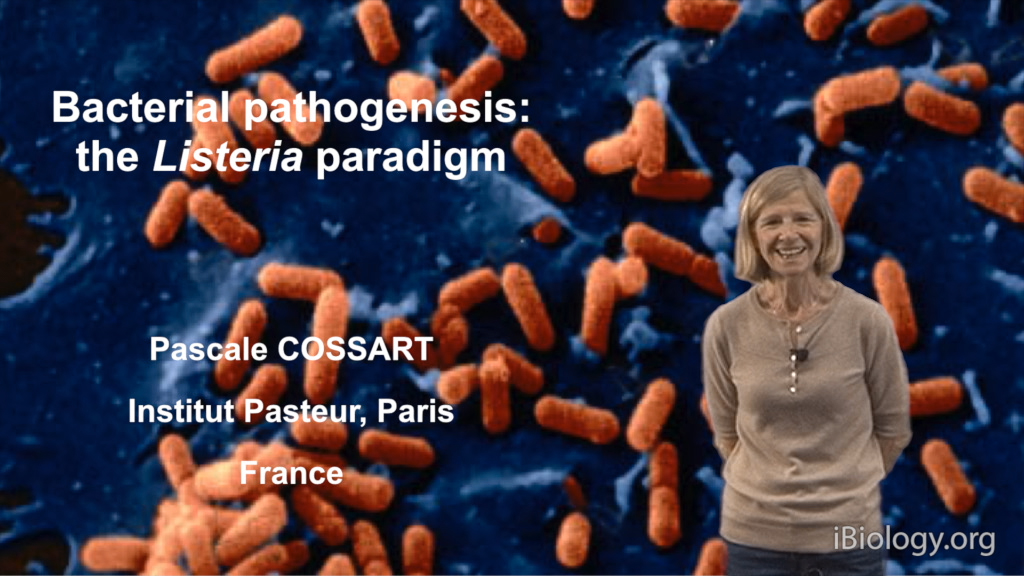
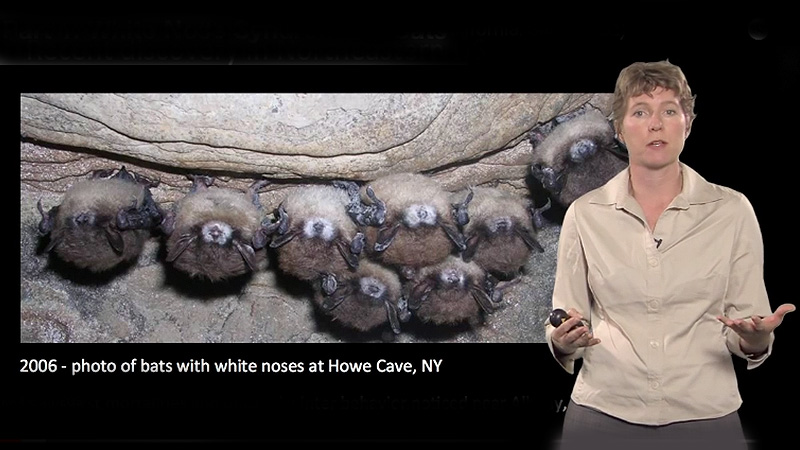
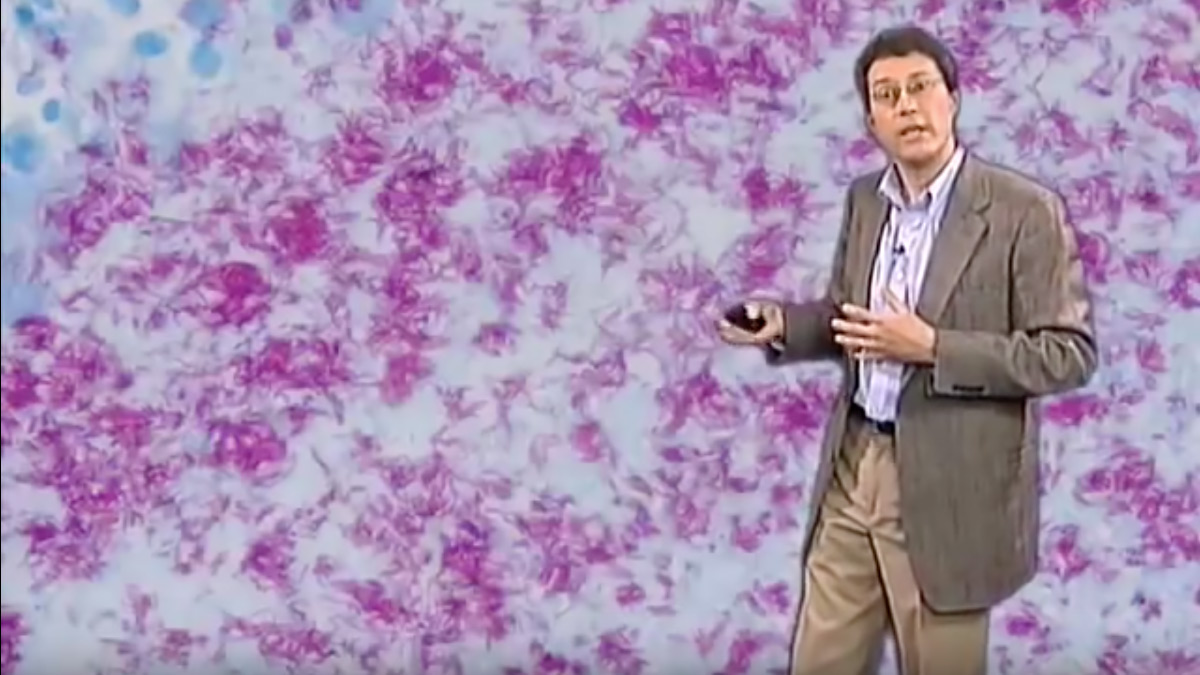





Leave a Reply